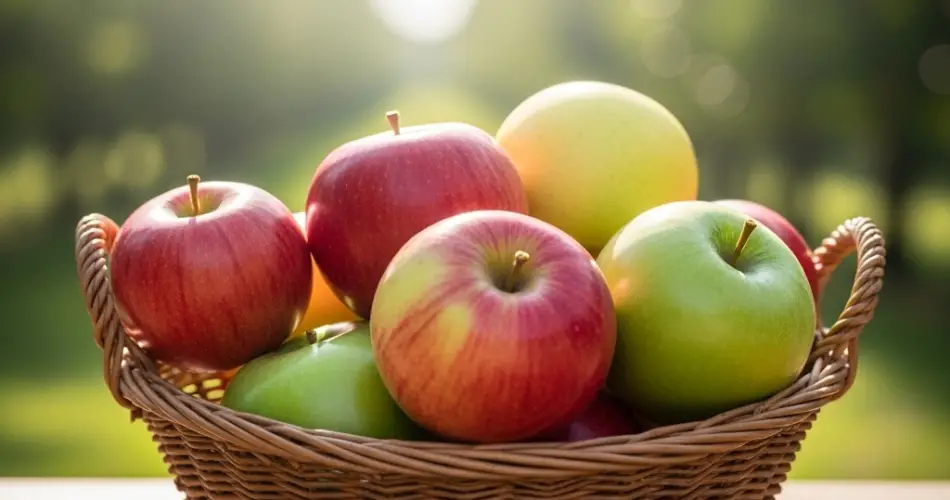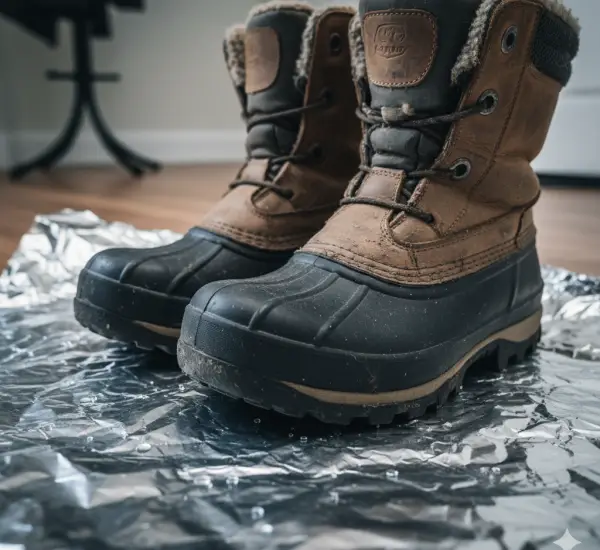Harvesting apples at the right time is crucial to enjoy their full flavor, texture, and nutritional value. Picking them too early can result in sour, starchy fruit, while waiting too long may lead to soft, overripe apples that don’t store well. Whether you’re growing a single tree in your backyard or managing a small orchard, understanding when and how to harvest apples ensures the best possible yield from your efforts.
This article will guide you through the signs of ripeness, the best harvesting methods, and storage tips so you can enjoy crisp, delicious apples long after picking season ends.
When Is the Best Time to Harvest Apples?
The ideal time to harvest apples varies depending on the variety and your local climate. In general, apple harvest season ranges from late summer to mid-autumn (August to October in most regions). Each apple variety has its own ripening schedule, so knowing what kind you’re growing helps determine the right harvest window.
Here are a few general ripening timelines:
-
Early-season apples (e.g., ‘Gala’, ‘Lodi’) ripen in late summer.
-
Mid-season apples (e.g., ‘McIntosh’, ‘Jonathan’) are ready in early to mid-fall.
-
Late-season apples (e.g., ‘Fuji’, ‘Granny Smith’, ‘Pink Lady’) ripen in late fall.
Local weather conditions also play a role. A warm, dry season can cause apples to mature more quickly, while a cool, wet year may delay ripening.
Signs That Apples Are Ready to Harvest
To pick apples at their peak, watch for the following signs:
1. Color Change
Each apple variety develops a characteristic color when ripe. Look for deepening of the background color (the skin behind the red blush) from green to yellow or cream. Red varieties should have full coloration over most of the fruit.
2. Firmness and Feel
Ripe apples feel firm but not rock hard. Overripe apples may feel soft, especially near the stem or base.
3. Taste Test
One of the best ways to know if apples are ready is to pick one and try it. If the flesh is juicy, the flavor is sweet with a bit of tartness (depending on the variety), and the texture is crisp, it’s time to harvest.
4. Ease of Picking
Lift the apple upward and twist gently. If it comes off easily with the stem attached, it’s likely ripe. If you have to tug hard, it may need a few more days.
5. Fallen Fruit
When ripe apples start falling from the tree naturally, it’s a good sign that harvest time has begun.
How to Harvest Apples Properly
Proper harvesting helps reduce damage to the fruit and prolongs storage life.
1. Pick Gently
Grasp the apple in your palm, lift it upward, and twist slightly. The apple should come off easily with the stem attached. Avoid yanking or pulling, which can damage both the apple and the tree.
2. Use Both Hands (or a Picking Bag)
If harvesting multiple apples, use one hand to pick and the other to hold the branch steady. For large harvests, wear a picking bag to keep your hands free and avoid bruising the fruit.
3. Avoid Dropping Apples
Bruised apples spoil faster. Place each apple gently in your basket or crate to keep them in top condition.
Post-Harvest Care and Storage Tips
After harvesting, sort your apples to determine which should be eaten first and which can be stored.
1. Sort and Inspect
Separate apples with bruises or blemishes from the rest. These should be used quickly for fresh eating, cooking, or preserving.
2. Don’t Wash Before Storing
Washing apples removes their natural wax coating, which helps protect them in storage. Instead, wash apples just before eating.
3. Store in a Cool, Dark Place
The best storage temperature for apples is around 32°F (0°C) with high humidity. A refrigerator or root cellar works well. Keep apples in perforated plastic bags or loosely covered boxes lined with newspaper.
4. Keep Varieties Separate
Different apple types have different shelf lives. Some store well for months (e.g., ‘Fuji’, ‘Granny Smith’), while others are best eaten within a few weeks (e.g., ‘McIntosh’). Label and store them separately.
5. Check Regularly
Inspect stored apples weekly. Remove any that show signs of spoilage to prevent rot from spreading to healthy fruit.
Enjoying the Fruits of Your Labor
Freshly picked apples can be enjoyed in countless ways—from snacking straight off the tree to making pies, applesauce, cider, and dried apple chips. Picking apples at peak ripeness ensures they taste their best and have the longest possible shelf life.
Final Thoughts
Knowing when and how to harvest apples is key to maximizing your harvest. Pay attention to color, firmness, and taste, and handle each apple carefully to reduce bruising and spoilage. With proper timing and care, your apple harvest can reward you with crisp, flavorful fruit well into the winter months. Whether you’re growing a few trees in your yard or managing a home orchard, harvesting apples at their peak ensures the sweetest results.



